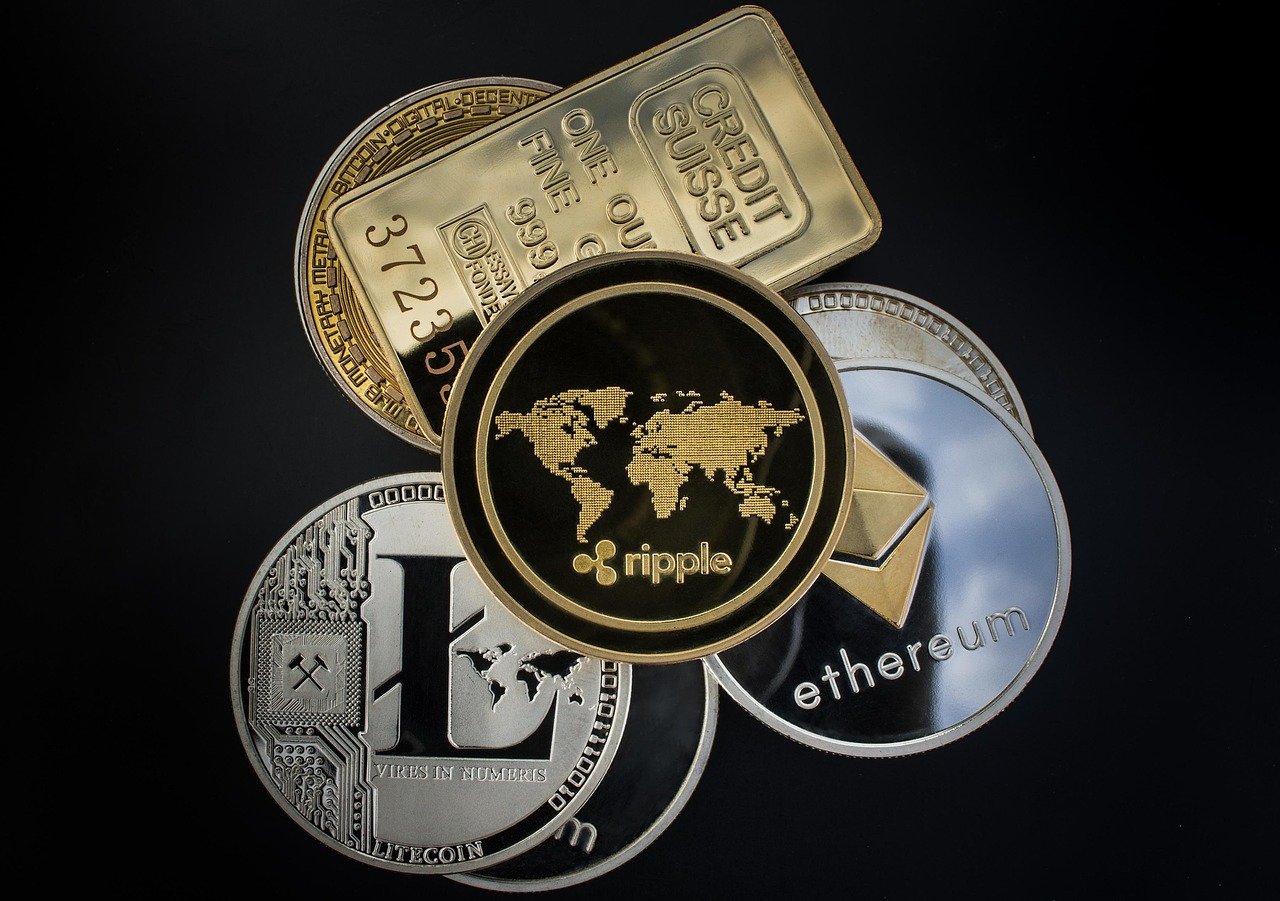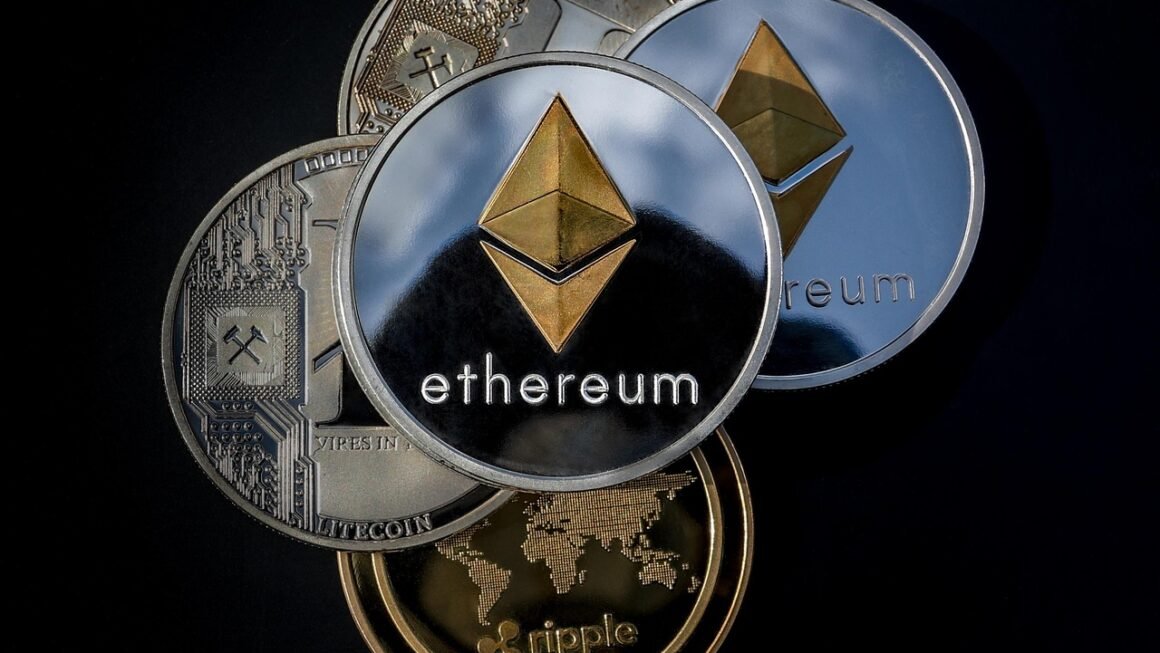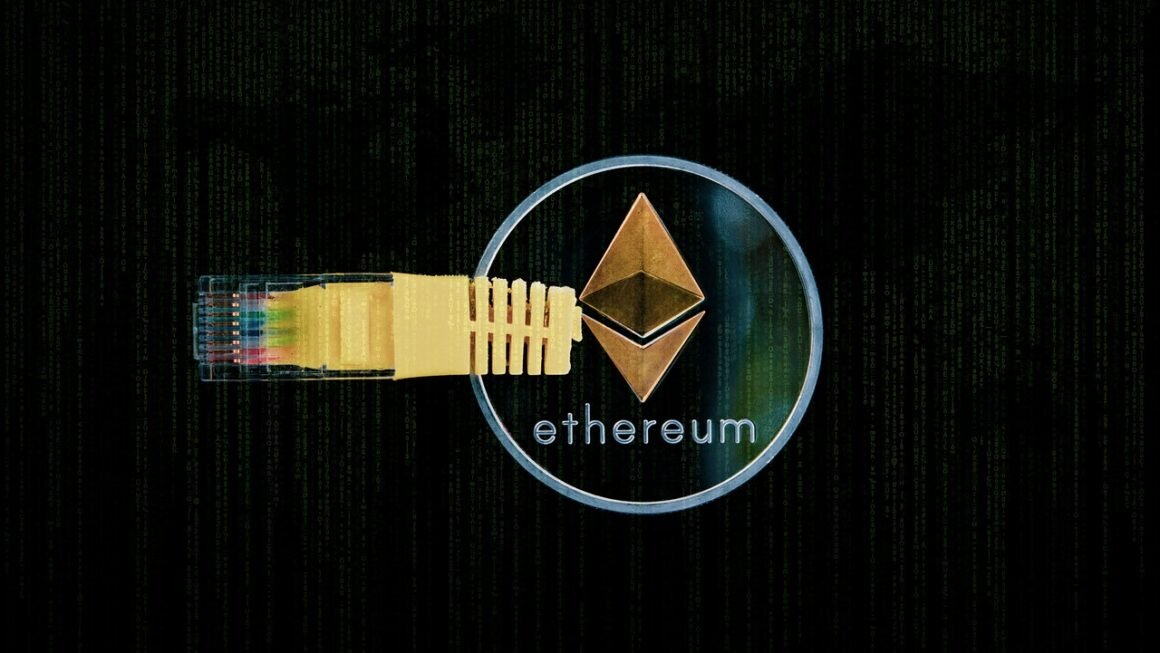Decentralized Finance (DeFi) is revolutionizing the traditional financial landscape by offering open, permissionless, and transparent alternatives to traditional banking and financial services. Built on blockchain technology, DeFi aims to democratize finance by removing intermediaries and empowering individuals with greater control over their assets. This innovative approach is transforming everything from lending and borrowing to trading and investing, offering new opportunities and efficiencies previously unavailable. This post explores the core concepts, benefits, and challenges of DeFi, providing a comprehensive overview for anyone interested in understanding this groundbreaking technology.
What is DeFi?
The Basics of Decentralized Finance
Decentralized Finance (DeFi) refers to financial applications built on blockchain networks, primarily Ethereum. These applications utilize smart contracts to automate financial processes without the need for traditional intermediaries like banks or brokers. Essentially, DeFi aims to recreate and improve traditional financial services in a more transparent, accessible, and efficient manner.
- Key Features:
Decentralization: No single entity controls the system.
Permissionless: Anyone can access and participate.
Transparency: Transactions are recorded on a public ledger.
Composability: DeFi applications can be combined and built upon each other.
Immutability: Once deployed, smart contracts cannot be altered.
How DeFi Differs from Traditional Finance (TradFi)
The differences between DeFi and traditional finance are profound. TradFi is centralized, heavily regulated, and often opaque, with intermediaries taking a cut at every stage. DeFi, on the other hand, offers greater transparency, reduced costs, and increased accessibility.
- TradFi (Traditional Finance):
Centralized control by banks and institutions.
High fees and lengthy transaction times.
Limited access for underserved populations.
Opaque and complex regulatory structures.
- DeFi (Decentralized Finance):
Decentralized control through smart contracts.
Lower fees and faster transaction times.
Global access for anyone with an internet connection.
Transparent and auditable processes.
- Example: Imagine sending money internationally. In TradFi, this typically involves high fees and several days for the transaction to clear. With DeFi, using stablecoins and decentralized exchanges, the same transaction can occur within minutes at a fraction of the cost.
Key Components of the DeFi Ecosystem
Decentralized Exchanges (DEXs)
Decentralized Exchanges (DEXs) allow users to trade cryptocurrencies directly with each other, without the need for a central authority. They operate using automated market makers (AMMs) and order books.
- Automated Market Makers (AMMs): Use liquidity pools and algorithms to determine asset prices. Examples include Uniswap, SushiSwap, and PancakeSwap.
Example: Uniswap users deposit ETH and DAI into a liquidity pool. The ratio of ETH to DAI determines the price. Traders can then swap between the two assets, paying a small fee to the liquidity providers.
- Order Books: Function similarly to traditional exchanges, matching buy and sell orders. Examples include Serum and dYdX.
Lending and Borrowing Platforms
DeFi lending and borrowing platforms enable users to lend out their crypto assets to earn interest or borrow crypto assets by providing collateral.
- Over-collateralization: Loans typically require borrowers to provide collateral worth more than the loan amount to mitigate risk.
- Examples: Aave, Compound, and MakerDAO.
Example: On Aave, users can deposit ETH as collateral and borrow other cryptocurrencies like USDC. The interest rates are determined algorithmically based on supply and demand.
Stablecoins
Stablecoins are cryptocurrencies designed to maintain a stable value, often pegged to a fiat currency like the US dollar. They are crucial for DeFi as they provide a stable unit of account and facilitate trading and lending activities.
- Types of Stablecoins:
Fiat-backed: Backed by reserves of fiat currency. Examples include USDT (Tether) and USDC (Circle).
Crypto-backed: Backed by other cryptocurrencies. Examples include DAI (MakerDAO).
Algorithmic: Use algorithms to maintain stability.
Yield Farming and Liquidity Mining
Yield farming involves providing liquidity to DeFi protocols to earn rewards in the form of additional tokens. Liquidity mining is a specific type of yield farming where users are incentivized to provide liquidity to a particular pool by receiving additional tokens.
- Example: Users can deposit tokens into a liquidity pool on a DEX and receive governance tokens as rewards. These tokens can then be staked or sold, creating additional income.
- Risks: Impermanent loss (the risk that the value of the deposited assets decreases relative to holding them outside the pool), smart contract risks, and rug pulls (where developers abandon a project and run away with the funds).
Benefits of DeFi
Increased Accessibility
DeFi provides access to financial services for individuals who are underserved or excluded by traditional financial systems. Anyone with an internet connection and a cryptocurrency wallet can participate.
- Global Reach: DeFi transcends geographical boundaries, allowing anyone to access financial services regardless of their location.
- Financial Inclusion: Provides opportunities for individuals in developing countries to access lending, borrowing, and investment opportunities.
Transparency and Auditability
All DeFi transactions are recorded on a public blockchain, making them transparent and auditable. This increased transparency reduces the risk of fraud and corruption.
- Open Source Code: Most DeFi protocols are open-source, allowing anyone to review and audit the code.
- Immutable Records: Once a transaction is recorded on the blockchain, it cannot be altered or reversed.
Efficiency and Cost Reduction
DeFi eliminates intermediaries, reducing fees and transaction times. Smart contracts automate processes, making them more efficient.
- Lower Fees: DeFi transactions typically have lower fees compared to traditional financial services.
- Faster Transactions: DeFi transactions can be processed much faster than traditional banking transactions.
- Automated Processes: Smart contracts automate financial processes, reducing the need for manual intervention.
Greater Control and Autonomy
DeFi empowers individuals with greater control over their assets. Users can manage their funds directly without relying on banks or other institutions.
- Self-Custody: Users maintain control over their private keys, giving them complete control over their assets.
- Permissionless Access: Anyone can access and participate in DeFi without requiring permission from a central authority.
Risks and Challenges of DeFi
Smart Contract Risks
Smart contracts are susceptible to bugs and vulnerabilities that can be exploited by hackers. Audits and rigorous testing are essential to mitigate these risks.
- Code Vulnerabilities: Smart contracts can contain coding errors that can be exploited.
- Security Audits: Regular security audits by reputable firms are necessary to identify and address potential vulnerabilities.
Regulatory Uncertainty
The regulatory landscape for DeFi is still evolving, and there is uncertainty about how DeFi protocols will be regulated in the future.
- Compliance Issues: DeFi protocols may need to comply with regulations such as KYC (Know Your Customer) and AML (Anti-Money Laundering).
- Legal Framework: The lack of a clear legal framework for DeFi creates uncertainty and risk for participants.
Scalability Issues
Many blockchain networks, including Ethereum, face scalability challenges that can lead to high transaction fees and slow transaction times.
- Transaction Congestion: High network activity can lead to congestion and increased transaction fees.
- Layer-2 Solutions: Layer-2 scaling solutions, such as rollups, are being developed to address scalability issues.
Impermanent Loss
Impermanent loss is a risk for liquidity providers on decentralized exchanges. It occurs when the value of the deposited assets changes relative to holding them outside the pool.
- Price Divergence: The greater the price divergence between the deposited assets, the greater the risk of impermanent loss.
- Risk Management:* Liquidity providers need to understand and manage the risk of impermanent loss when participating in yield farming.
Conclusion
DeFi represents a significant paradigm shift in the world of finance, offering increased accessibility, transparency, and efficiency. While the ecosystem is still evolving and faces challenges related to security, regulation, and scalability, the potential benefits are undeniable. As technology advances and the regulatory landscape becomes clearer, DeFi is poised to transform the future of finance, empowering individuals and fostering a more inclusive and equitable financial system. By understanding the core concepts, benefits, and risks associated with DeFi, individuals and institutions can make informed decisions about participating in this innovative ecosystem.



